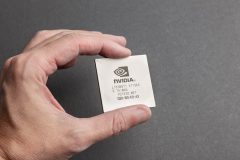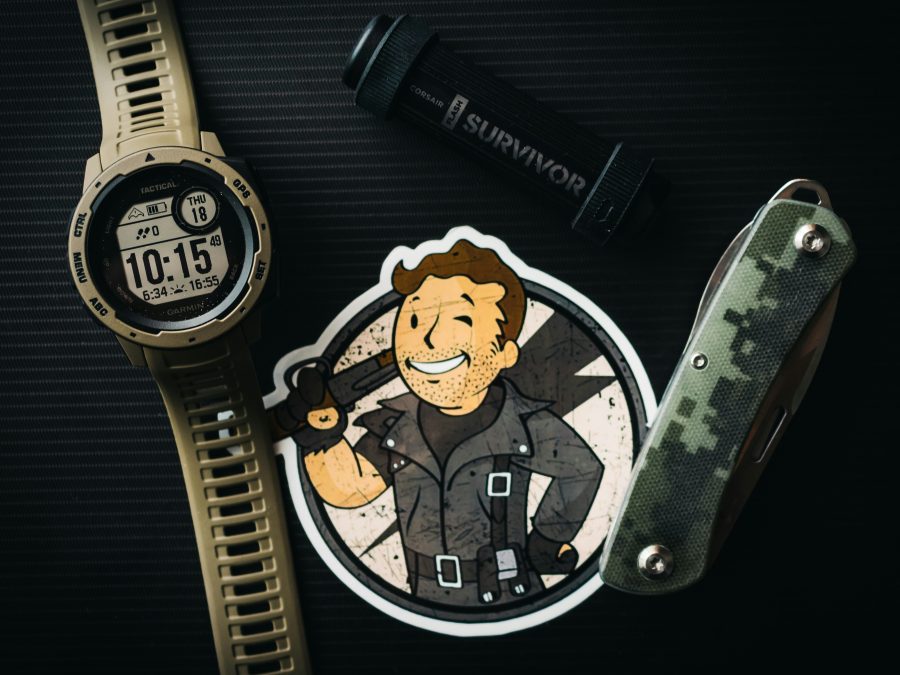Adam Honig is the cofounder and CEO of Spiro Technologies, Inc.
If you’re creating and selling a product to businesses, having a high profile reference customer can make or break your go-to-market efforts.
My first company, middleware software company Open Environment, grew from zero to $30M in annual sales in four years, went public and was ultimately sold to a larger software company with expansion plans.
So how did we convince key decision makers at so many companies to purchase mission-critical, middleware software from a new start up? It’s surprisingly simple: We had a great customer reference in Freddie Mac, the Federal Home Loan Mortgage Company.
We talked about Freddie Mac’s success with Open Environment at tradeshows and included them as a customer case study in all of our presentations. One of their key employees led our customer advisory board and we made sure the support they received was top notch. There’s no doubt they were a key reason for our success.
As you nail down a reference for your business-to-business product, here are three things to keep in mind.
Work Backwards To Find The Right Type Of Company
When a product launches, it’s easy to get excited about each new user. But the perfect customer reference isn’t just any customer. Start by understanding what a reference customer can do for you. Here are some outcomes the right reference could create:
Industry buzz: Announcing that you work with a notable customer in the press is one of the best ways to generate new leads. The right customer for this will be a “household name” in their industry—a company the media naturally wants to cover.
For example, grocery delivery service Instacart is frequently covered in the news thanks to high profile customers like Whole Foods and Costco. Just this month, Instacart released data on how many products it has delivered for Whole Foods, complete with a quote from the grocery chain’s co-CEO touting the partnership’s success in improving the customer experience. Find out who the Whole Foods equivalent is in your market, and go after them.
Viral effects: Facebook famously limited its initial user base to Harvard students, then to other elite universities. This created a tight-knit community that helped fuel their explosive growth later.
This strategy can work for B2B product as well. Imagine you’re launching a new piece of medical technology, and with focus you get the most prestigious hospitals in Boston using it. The buyers at hospitals in the region are all connected, and deep penetration in one area will help you spread to others.
Objection destroyer: This is how we used Freddie Mac at Open Environment. We identified the key concern prospects had about our product—that our platform wasn’t scalable enough—and used the best example we had to counter it.
Use Growth Hacking To Get In The Door
Now that you have a short-list of targets, marketing efforts need to be laser focused on them. The goods news is that there are many inexpensive and effective “growth hacking” approaches you can use to target prospects:
LinkedIn Ads: The odds are high that the people you want to connect with are using LinkedIn, but did you know that you can target ads to specific companies and job titles? Creating ads, landing pages and calls to action referring to a prospect’s company by name will make this approach very effective.
Twitter: While Twitter might not be as popular as LinkedIn, its openness—any Twitter user can interact with any other—makes it ideal for reaching out to new prospects. There’s a free tool called Happy Cyborg that helps your Twitter account connect with new people, and then encourages them to read your content and come into your marketing funnel. There are many similar social media tools you can use to target people at specific companies and start engaging them.
Old-fashioned networking: Social media can be very effective, but sometimes nothing beats working your real live contacts and connections for an introduction. If you’re an early stage company, the approach of “looking for advice” is often the key to getting in the door with someone influential.
Love Them Like Family
This probably goes without saying, but once you’ve secured the reference that’s going to move the needle, stay deeply connected with them. A real challenge with these types of organizations is that they tend to be early adopters and frequently move on to other ideas or technologies. At Open Environment we created a great reference in the automotive industry, but we grew a bit complacent and our relationship suffered. They eventually burned out as a reference, and because they weren’t getting enough back from us, stopped being as valuable.
The bottom line: You might get lucky and develop an ideal reference customer through traditional marketing efforts, but a better approach is to be proactive. Figure out who will be your best reference, and make it happen.





















